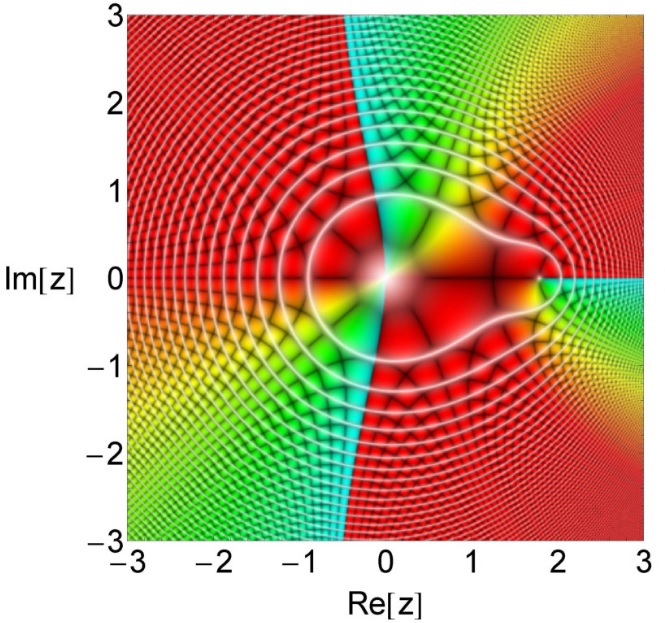Professor Álvaro García López, a researcher at the Nonlinear Dynamics, Chaos Theory and Complex Systems Group, has used a simple mathematical model of a charged particle that gives rise to quantum fluctuations. The resulting oscillation makes it possible to explain the existence of guide waves associated with classical electrodynamic particles.
The professor of the area of Applied Physics at the Rey Juan Carlos Álvaro García López University, belonging to the Nonlinear Dynamics Group, Chaos Theory and Complex Systems, has developed a novel analysis of the electrodynamics of large bodies (electrically charged particles) that allows , through purely analytical considerations, demonstrate the existence of self-oscillations for these bodies. The results have been published in the journal N onlinear Dynamics , of the Springer group.
In the area of Physics, a line of research related to the fundamentals of quantum physics has been opened, deriving quantum fluctuations from the laws of classical electromagnetism through the use of tools from the theory of dynamic systems and non-linear oscillators. “When a large charged particle is accelerated it produces electromagnetic disturbances (waves) that travel through space. If the body extends into this space, the disturbances emitted by one part of the body can affect other parts of it at a later time. It is then said that the body interacts with itself, in a similar way to how a human being can speak and listen to his own voice at the same time or, to take another example,
However, in the case of the electromagnetic field, no means of propagation (ether) is required, since electromagnetic waves propagate in a vacuum. Either through the absorption of energy from the field itself or from external fields by the particle, the result of these self-affections is the agitated movement of the particle, whose frequency is closely related to that of the famous wobble ( zitterbewegung, in German) of the Dirac equation (relativistic wave equation of quantum mechanics formulated by Paul Dirac in 1928). "Continuing with the metaphor, it could be said that the particle goes out of control from talking to itself so much, starting to tremble", adds the URJC professor. The resulting hum would imply that every particle has an associated electromagnetic guide wave, which solves at a stroke the quantum problem of wave-corpuscle duality, which describes how the same phenomenon can have these characteristics simultaneously.
New perspectives to approach classical theories of physics
The scientific literature has shown that the uniform rectilinear movements of a charged body can be unstable when slightly disturbed. Particle motion is mathematically described by state-dependent delay differential equations, which are very complex and have been little studied in relation to other types of differential equations in physics and mathematics. Their solutions give rise to limit cycles in the phase space, which correspond to a violent oscillatory movement of the particles. At the low speed limit, the self-forces make it possible to derive Newton's second law from classical electromagnetism, identifying these forces as inertial forces. In this way, inertia ( vis insita) can be understood as an internal electromagnetic self-induction force. It is expected that the present results will allow us to address a foundation of quantum mechanics based on classical concepts of Maxwell's theory of electromagnetism, Einstein's theory of general relativity and nonlinear physics.
